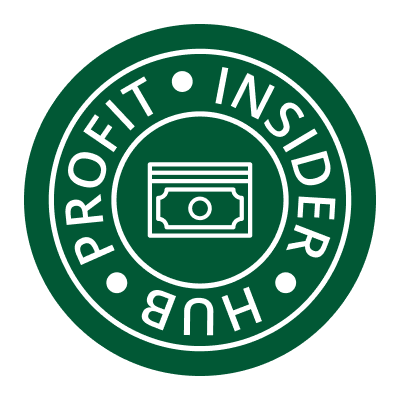WASHINGTON (AP) — U.S. inflation accelerated last month as the cost of groceries, gas, and used cars rose, a trend that will likely underscore the Federal Reserve’s resolve to delay any further interest rate cuts.
The consumer price index increased 3% in January from a year ago, Wednesday’s report from the Labor Department showed, up from 2.9% the previous month. It has increased from a 3 1/2 year low of 2.4% in September.
The figures underscore the stickiness of inflation, which created a major political problem for former President Joe Biden. President Donald Trump pledged to reduce prices in last year’s campaign, though most economists worry that his many proposed tariffs could at least temporarily increase costs.
Trump readies matching tariffs on trade partners, possibly setting up a major economic showdown
Later Wednesday, Federal Reserve Chair Jerome Powell will testify before the House Financial Services Committee, where he will likely be asked about inflation and the Fed’s response to it. The Fed raised its benchmark rate in 2022 and 2023 to a two-decade high of 5.3% to combat inflation. With inflation down significantly from its 9.1% peak in June 2022, it cut its rate to about 4.3% in its final three meetings last year.
Fed officials are mostly confident that inflation over time will head lower, but they want to see further evidence that it is declining before cutting their key rate any further. The Fed’s rate typically influences other borrowing costs for things like mortgages, auto loans, and credit cards.
THIS IS A BREAKING NEWS UPDATE. AP’s earlier story follows below.
WASHINGTON (AP) —
Inflation likely stayed elevated last month in the latest sign that consumer price growth has gotten stuck after declining for much of last year.
On Wednesday the Labor Department is expected to report that in January the consumer price index rose 2.9% from a year ago, according to economists surveyed by FactSet. If accurate, it would be unchanged from December and up from a 3 1/2 year low of 2.4% in September.
Wednesday’s inflation report will be closely watched to see if a recent trend that has bedeviled the inflation-fighters at the Federal Reserve will continue: In January 2024, prices jumped sharply in part because many companies raise prices at the beginning of each year. With inflation still elevated, some of those increases have been larger than usual.
Most economists expect the effect will be more muted this time — consumers are more price-sensitive than a year ago — but if it happens again, inflation could tick higher.
Either way, inflation’s recent uptick is a major reason the Federal Reserve has paused its interest rate cuts, after implementing three of them last year. On Tuesday, Fed Chair Jerome Powell said “we do not need to be in a hurry” to implement further reductions in testimony to the Senate Banking Committee.
The Fed’s benchmark rate is now about 4.3%, down from a two-decade high of 5.3% in August.
Trump made millions on meme coin, over 800K people lost money: Report
Excluding the volatile food and energy categories, core consumer prices are forecast to have risen 3.2% from a year earlier, according to FactSet, the same as the previous month. The Fed closely watches core prices because they typically provide a better sense of where inflation is headed.
The cost of new and used cars likely fell last month, economists forecast, along with clothing prices, holding down inflation.
Yet the cost of groceries, a major pain point for most households, is expected to have risen last month, driven higher by another jump in egg prices. An avain flu epidemic has forced egg breeders to cull their flocks by millions of chickens. Some store chains are limiting purchases and some restaurants are tacking on surcharges for egg dishes.
Most Fed officials — and economists in the private sector — expect inflation will resume its decline in the coming months. Apartment rental cost growth is cooling and other sources of inflation, such as sharp increases in car insurance prices, are expected to grow more slowly.
Still, the Trump administration’s tariff policy could lift prices in the coming months. Trump on Monday imposed 25% taxes on steel and aluminum imports, and has pledged to impose more tariffs. Economists at Goldman Sachs forecast that yearly core inflation would fall almost a full percentage point, to 2.3%, by the end of this year, absent any import duties. But they expect tariffs will raise end-of-year inflation to 2.7%.
On Tuesday, Fed Chair Powell acknowledged that higher tariffs could lift inflation and limit the central bank’s ability to cut rates, calling it “a possible outcome.”
But he emphasized that it would depend on how many imports are hit with tariffs and for how long.
“In some cases it doesn’t reach the consumer much, and in some cases it does,” Powell said. “And it really does depend on facts that we we haven’t seen yet.”

